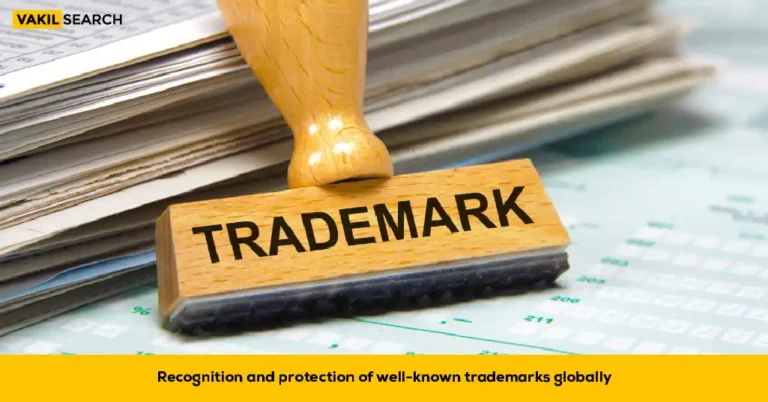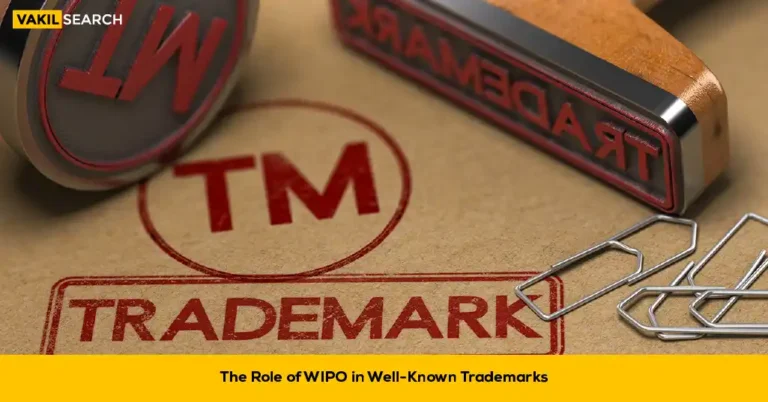The trademark fee for MSMEs, or Micro, Small, and Medium Enterprises, varies depending on the type of trademark and the number of classes it covers. It's crucial for MSMEs to understand these fees, as they can impact the cost of protecting their brand identity through trademark registration.
Introduction to Trademark Fee for MSME
In today’s business world, protecting your brand identity is crucial. One effective way to do this is by registering trademarks. Trademarks not only safeguard your intellectual property but also serve as a symbol of trust and quality in the eyes of consumers. However, for Micro, Small, and Medium Enterprises (MSMEs), the cost associated with trademark registration can be a daunting prospect. Fortunately, many governments worldwide recognise the importance of supporting these enterprises and have introduced special fee structures to ease the financial burden. In this blog post, we’ll explore the special fee structure for MSMEs when registering trademarks and shed light on the benefits and criteria for availing of these concessions. Know the trademark fee for msme detailly!
The Importance of Trademark Registration for MSMEs
Before we get into the fee structure, it’s essential to understand why trademark registration is crucial for MSMEs. MSMEs often lack the vast resources and brand recognition enjoyed by larger corporations. Therefore, having a registered trademark helps them:
Protect Their Brand:
Registering a trademark provides legal protection against unauthorized use of their brand name, logo, or slogan. This protection ensures that competitors cannot profit from their hard-earned reputation.
Build Consumer Trust:
A registered trademark symbolises authenticity and reliability. Consumers tend to trust products and services with registered trademarks more than unregistered ones.
Access New Markets:
Trademark registration opens doors to new markets, both domestically and internationally. It helps MSMEs expand their business and reach a wider customer base.
Attract Investment:
Having a registered trademark can make MSMEs more attractive to investors and potential business partners. It demonstrates a commitment to long-term success and intellectual property protection.
Understanding the Special Fee Structure for MSMEs
Governments and intellectual property offices worldwide recognise the importance of supporting MSMEs in protecting their intellectual property. As a result, they have introduced special fee structures to make trademark registration more affordable for these enterprises. The exact fee structure may vary from one country to another, but the core principles remain relatively consistent.
Take a look at the table below:
| Type of applicant | Individual Applicant | Non Individual Applicants (Company, LLP, Firm etc) | MSME and Startup Availing 50% Concession |
| Trademark Filing Fee | ₹ 4500/- | ₹ 9000/- | ₹ 4500/- |
| Trademark Offline Filing Fee | ₹ 5,000/- | ₹ 10,000/- | ₹ 5,000/- |
| Conditions to apply for Trademark registration | No conditions applied | No conditions applied | Must possess Udyam or MSME Registration/ DPIIT Recognition Certificate |
Benefits of the Special Fee Structure for MSMEs
Reduced Costs:
The primary benefit is a significant reduction in the fees associated with trademark registration. This cost reduction can be substantial, making it much more accessible for MSMEs to protect their brands.
Encouraging Innovation:
Lower registration fees encourage MSMEs to innovate and create new products and services without the fear of high trademark registration costs.
Competitive Advantage:
MSMEs can compete more effectively with larger companies by having a registered trademark. This competitive advantage can help level the playing field.
Criteria for Availing Trademark Fee for MSME
To avail the special fee concessions designed for MSMEs, certain criteria need to be met. While these criteria can vary by country, they generally include the following:
Enterprise Size:
MSMEs are typically defined based on their size in terms of revenue, number of employees, or a combination of both. For instance, the definition may state that an enterprise with fewer than 250 employees and an annual turnover of less than a specified amount qualifies as an MSME.
Independence:
MSMEs are often required to be independent entities and not subsidiaries or affiliates of larger companies.
Locality:
Some countries may specify that the enterprise must be locally owned or headquartered within their jurisdiction to qualify for MSME concessions.
Certification:
In many cases, MSMEs must provide documentation or certification to prove their eligibility for fee concessions. This may involve providing financial statements, business registration documents, or other relevant information.
Documents Required For MSME Trademark Registration
Here’s a list of documents required for trademark registration:
- Address and ID Proof of Applicant
- Certificate of Incorporation or Partnership Deed (for Unregistered Partnerships)
- Proof of Registered Business Address
- Copy of Trademark/Logo
- Udyam/Startup Registration Certificate (if applicable)
Conclusion
Trademark registration is a vital step in safeguarding the brand identity and reputation of Micro, Small, and Medium Enterprises (MSMEs). Recognising the financial challenges faced by these enterprises, governments and intellectual property offices worldwide have introduced special fee structures to make trademark registration more affordable. By availing these concessions, MSMEs can reduce costs, build trust with consumers, and compete effectively in the market. It’s essential for MSMEs to understand the eligibility criteria and take advantage of these benefits to protect their intellectual property and secure their place in the business world.
FAQs on MSME Trademark Registration
What should I consider before applying for trademark registration for my MSME or startup?
Before applying for trademark registration, it's essential to identify all potential trademarks related to your business, including names, logos, and product marks.
How do I determine the appropriate class for trademark registration?
To choose the right class for trademark registration, you should refer to the NICE Classification system, which includes over 45 classes. The first 34 are for products, and the rest are for services.
Can I handle the trademark application process myself, or should I seek legal assistance?
Trademark applications can be complex, so it's advisable to seek help from legal experts to ensure accurate and timely registration. The process can take up to 18 months, so starting early is recommended to prevent competitors from exploiting your brand.
Is a trademark registration valid internationally?
No, trademarks are limited to the country where they are registered. If you want to protect your trademark in a foreign country, you must apply for registration there. Additionally, trademarks are valid for ten years and require renewal after that period.
When can I use the ™ and Ⓡ symbols in connection with my trademark?
You can use the ™ symbol to indicate that a trademark application has been filed. Once your application is approved, and you receive a Trademark registration certificate, you can use the Ⓡ symbol to denote a registered trademark.










